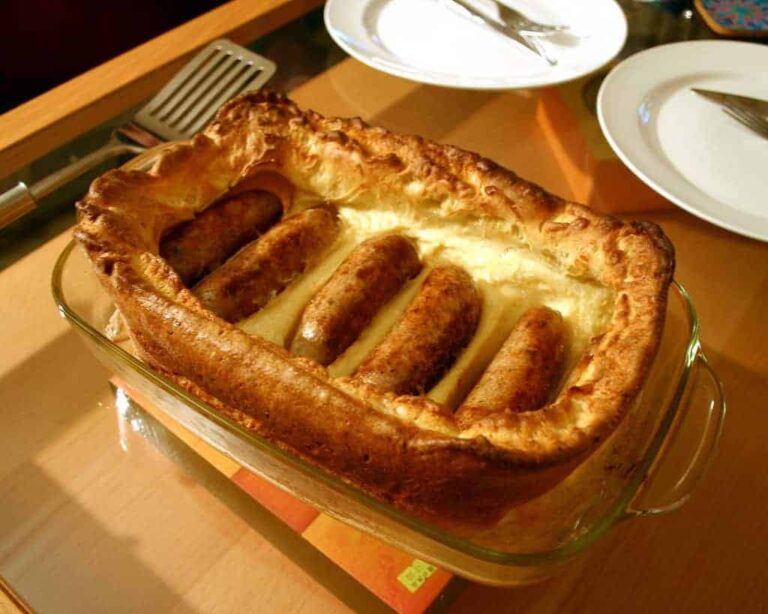Introduction: British cuisine’s regional diversity
British cuisine has a diverse range of flavors and dishes, varying depending on the region of the UK. Every region has its own traditional dishes and ingredients, which have been passed down for generations and are still popular today. This rich variety of cuisines reflects the country’s long history, its changing economic conditions, and the influence of neighboring countries.
Scotland: hearty dishes and seafood specialties
Scotland has a rich culinary heritage that is characterized by its hearty and filling dishes, such as haggis and neeps, Cullen skink, and Scotch broth. These dishes are often made with meat and potatoes and are perfect for the cold Scottish weather. Scotland’s coastal location also means that seafood plays a significant role in its cuisine, with specialties such as smoked salmon, Cullen skink, and fish and chips being popular choices.
Wales: traditional lamb and leek dishes
Wales is renowned for its traditional dishes that are often made with lamb and leeks. One of the most famous dishes is the Welsh lamb cawl, which is a hearty stew made with lamb, leeks, and potatoes. Other popular dishes include Welsh rarebit, a type of cheese on toast, and bara brith, a traditional fruitcake. Wales is also home to a thriving food scene, with many artisan food producers and restaurants showcasing the best of Welsh cuisine.
Northern Ireland: potato-based cuisine and stews
Northern Ireland’s cuisine is heavily influenced by its history and geography, with potato-based dishes and stews being particularly popular. One of the most famous dishes is champ, a type of mashed potatoes mixed with scallions and butter. Another classic dish is Irish stew, made with lamb or beef, potatoes, and carrots. Northern Ireland also boasts a vibrant food culture, with many local producers and restaurants showcasing the best of the region’s cuisine.
Northern England: pies, puddings, and fish and chips
Northern England is known for its hearty and filling dishes that are often made with meat and pastry, such as pies and puddings. One of the most famous dishes is the Lancashire hotpot, a meat and potato pie that is slow-cooked for several hours. Northern England is also famous for its fish and chips, which is a staple dish in many coastal towns.
Southern England: cream teas, pasties, and smoked fish dishes
Southern England is known for its seafood, with smoked fish dishes and seafood chowder being popular choices. The region is also famous for its cream teas, which consist of scones, clotted cream, and jam. Another classic dish is the Cornish pasty, a type of baked pastry filled with meat and vegetables. Southern England’s food scene is diverse, with many local producers and restaurants showcasing the best of the region’s cuisine.



